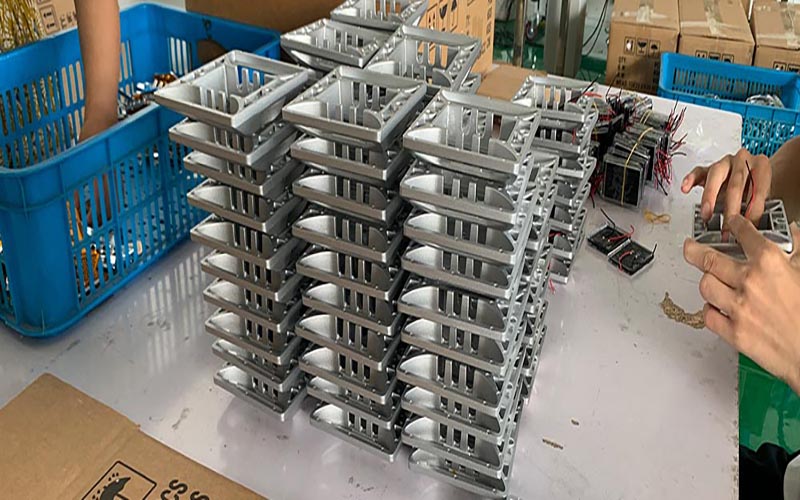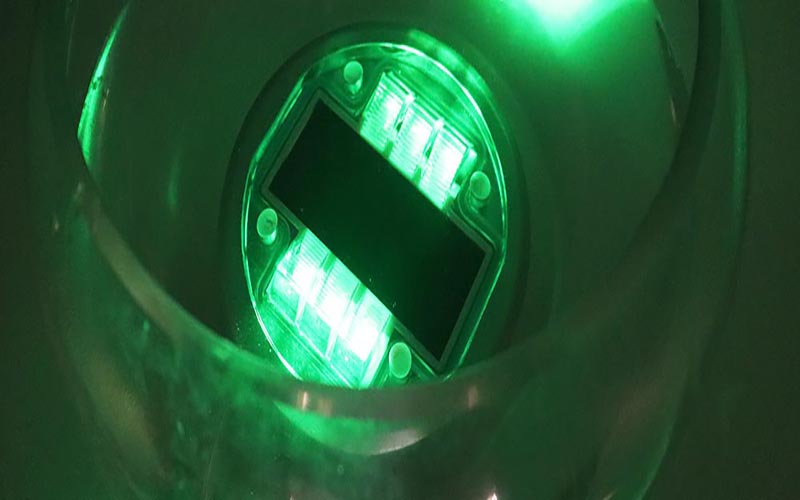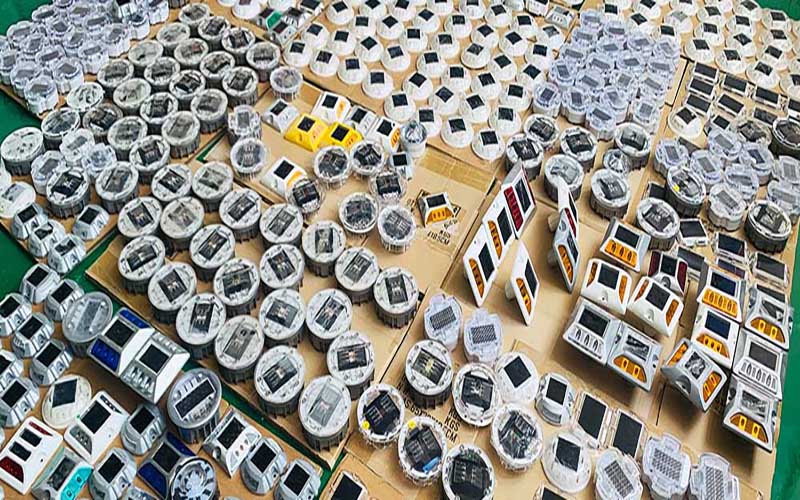The protruding Road Stud is a protruding marking block fixed on the road surface, which can assist and strengthen the marking. Protruding Road Stud can be set on first-class highways, second-class highways, highways and urban roads with insufficient lighting. Protruding Road Studs are used to mark center lines, lane dividing lines, and edge lines; they can also be used to mark curves and intersections. , Dangerous road sections such as narrowing of the width of the roadway and road obstacles.
The Solar Road Studs are generally of directional reflection type. For general road section reflection, the glass ball of Solar Road Studs is white, and the reflective glass ball of Solar Road Studs on dangerous road section is red or yellow; the reflective surface of Solar Road Studs should be as vertical as possible to the driver’s line of sight. Solar Road Studs should generally be used in conjunction with pavement markings, and can also be used alone to replace pavement markings. Its height is generally no more than 25 mm higher than the road surface, and should meet the requirements of traffic safety; it should usually be set in the middle of the center double solid line, or in the middle of the dotted line.

The bonding between Solar Studs and the road surface should be firm and durable, and can withstand the impact of automobile tires without falling off. Solar Studs should be dry and clean on the road surface and constructed after measurement and positioning. The appearance should be beautiful, the size should meet the requirements of relevant specifications, the surface should be smooth, there should be no sharp corners, burrs, and there should be no obvious scratches or cracks on the surface. The longitudinal installation should be in a straight line and no broken lines should appear. The Solar Studs of the curve section should be consistent with the road curve, the line shape is round and smooth, and the protruding road marking adhesive shall not cause road pollution.
Road Studs can be divided into the following three categories:
1, Reflective Studs——Reflective Studs have prism type, lens type and other structures according to different reflection principles. According to the reflective surface, they can be divided into one-way reflection and two-way reflection;
2, non-reflective Road Studs-non-reflective road studs can be made of ceramics, plastic steel and other materials;
3. Inner lighting Solar Road Studs-Inside the Road Studs, a solar charging system is installed.

Road Studs have many shapes, the more typical ones are the following two:
1, round Road Studs;
2, Trapezoid Road Studs, etc.
According to the functions of Road Studs, it can be simply divided into the following two categories:
1, Road Studs auxiliary use together with markings;
2, Road Studs are used instead of marking lines.

According to the particularity of the use of Reflective Studs, it is divided into the following two categories:
1, general Reflective Studs;
2. Reflective Studs with two-way color display applied on reversible lanes (paint the back of Reflective Studs in red to warn the driver that he is driving in the wrong direction.)
have to be aware of is:
1. Heavy snow can easily cover Solar Studs, so Solar Studs should not be used in areas where it snows frequently.
2. Solar Studs are generally not used on urban roads with sufficient lighting.
3. Solar Studs are generally not used on roads with a speed lower than 50km/h.